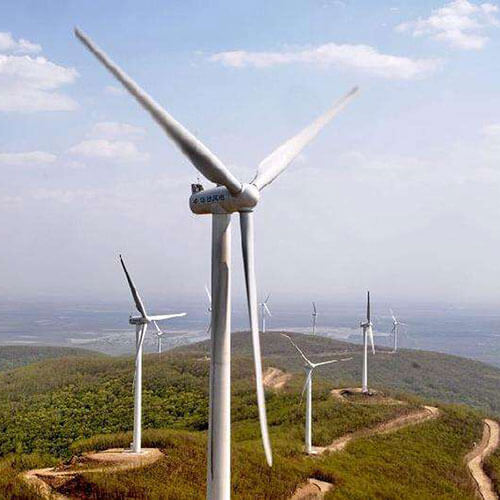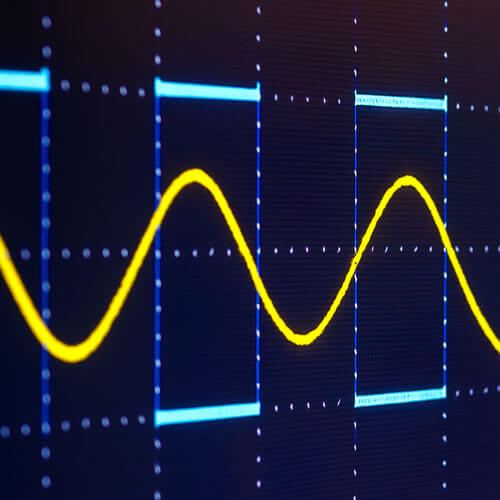Difference between wind speed sensor and air volume sensor
The difference between the wind speed sensor and the air volume sensor starts with the wind speed and the air volume.
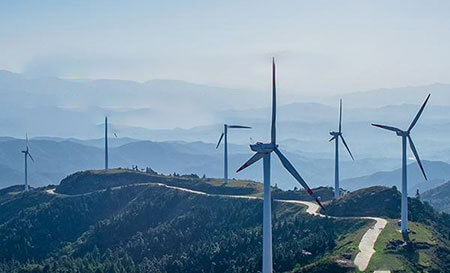
Wind speed refers to the velocity of air relative to a fixed location on the earth. The common unit is m/s, 1m/s=3.6 km/h. Wind speed has no grade, the only wind has a grade, and wind speed is the basis for the classification of wind grades. Generally speaking, the higher the wind speed, the higher the wind level, and the more destructive the wind. Wind speed is one of the main parameters of climatological research. The measurement of wind in the atmosphere has important functions and significance for global climate change research, aerospace industry, and military applications.
Air volume refers to the amount of air circulating in a unit of time. It is generally used to indicate the capacity of a blower or ventilation device. The calculation unit is cubic meters per second. In the case of the same material of the heat sink, the air volume is the most important indicator to measure the heat dissipation capacity of the air-cooled radiator. Obviously, the larger the air volume, the higher the heat dissipation capacity of the radiator. This is because the heat capacity of the air is constant, and the greater the air volume, that is, the more air per unit time can take away more heat. Of course, the heat dissipation effect is related to the way the wind flows under the same air volume.
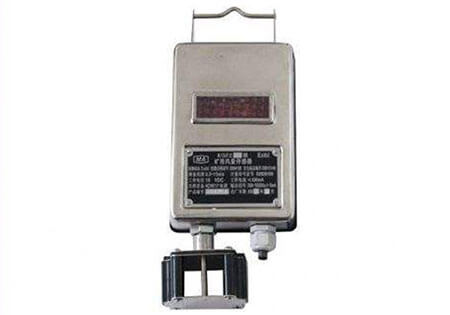
Wind speed and air volume are not the same, but there is a certain correlation between the two. The air volume is equal to the product of the wind speed and the cross-sectional area of the orifice, so the data of the air volume sensor is mostly converted from the measurement data of the wind speed sensor.
The specific conversion method is:
L(m/h)=3600*F(㎡)*V(m/s)
Where: L represents the air volume F represents the ventilation area of the tuyere V indicates the measured average wind speed of the tuyere.
Wind speed sensor
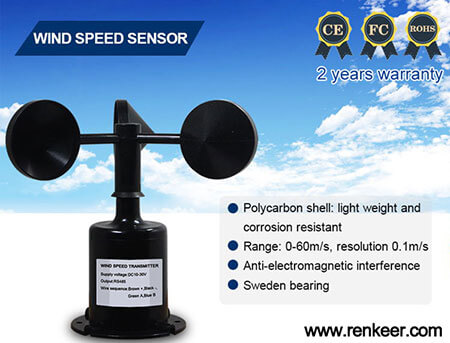
Wind-cup wind speed sensor is a very common wind speed sensor, first invented by Ruby Sun in England. The sensing part is composed of three or four cone-shaped or hemispherical empty cups. The hollow cup shells are fixed on the three-pointed star-shaped brackets that form 120° each other or the cross-shaped brackets that form 90° each other. The concave surfaces of the cups are arranged in one direction, and the entire cross arm frame is fixed on a vertical rotation axis.
When the wind blows from the left, the wind cup 1 is parallel to the wind direction, and the pressure component of the wind on the wind cup 1 in the direction most straight to the axis of the wind cup is approximately zero. Wind cups 2 and 3 intersect with the wind direction at an angle of 60 degrees. For wind cup 2, its concave surface faces the wind and bears the greatest wind pressure; wind cup 3 has a convex surface facing the wind, and the wind’s turbulence makes it bear wind pressure It is smaller than the wind cup 2. Because of the pressure difference between the wind cup 2 and the wind cup 3 in the direction perpendicular to the wind cup axis, the wind cup starts to rotate in a clockwise direction. The greater the wind speed, the greater the initial pressure difference. The greater the acceleration, the faster the wind cup rotates.
After the wind cup starts to rotate, because the cup 2 rotates in the direction of the wind, the wind pressure is relatively reduced, while the cup 3 rotates at the same speed against the wind, the wind pressure is relatively increased, and the wind pressure difference is continuously reduced After a period of time (when the wind speed is unchanged), when the partial pressure difference acting on the three wind cups is zero, the wind cups will rotate at a uniform speed. In this way, the wind speed can be determined according to the speed of the wind cup (the number of turns per second).
When the wind cup rotates, it drives the coaxial multi-tooth cutting disc or magnetic rod to rotate, and obtains a pulse signal proportional to the speed of the wind cup through the circuit. The pulse signal is counted by a counter, and the actual wind speed value can be obtained after conversion. At present, the new rotor anemometer adopts three cups, and the performance of the conical cup is better than that of the hemispherical cup. When the wind speed increases, the rotor cup can quickly increase the speed to adapt to the airflow speed. When the wind speed decreases, the speed is affected by inertia. However, it cannot drop immediately. The wind speed indicated by the rotary anemometer in gusty wind is generally too high and becomes an excessive effect (the average error produced is about 10%).

